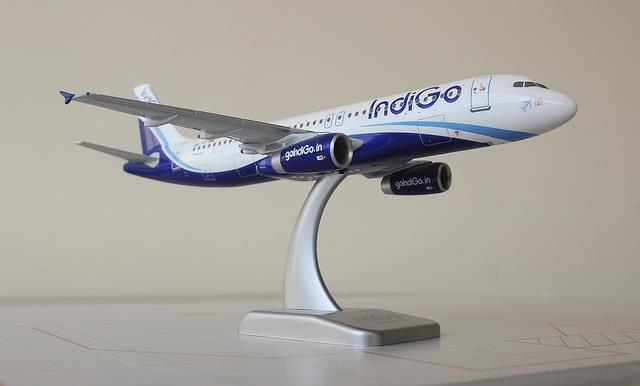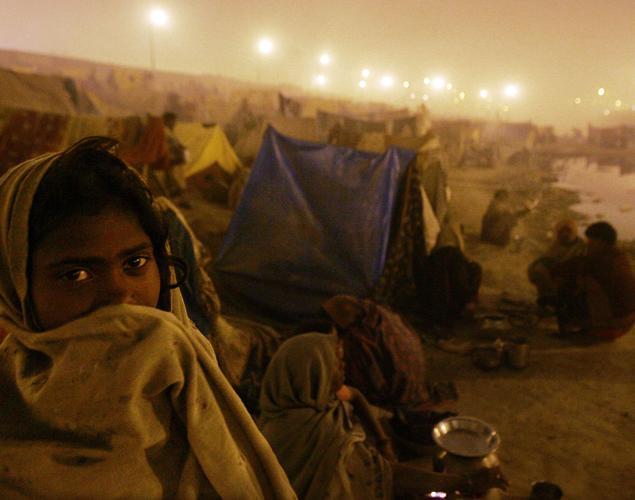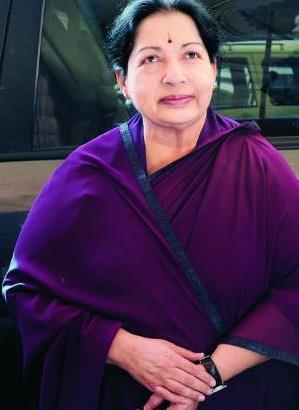December 23, 2013
When IndiGo, India's largest airline by passengers carried, reported a profit of Rs 787 crore in the 2013 financial year, it stunned many in a manner unusual for an earnings broadcast.

How does the airline turn in profits year after year in one of the world’s toughest markets where competitors are struggling?
December 23, 2013
When IndiGo, India's largest airline by passengers carried, reported a profit of Rs 787 crore in the 2013 financial year, it stunned many in a manner unusual for an earnings broadcast.

How does the airline turn in profits year after year in one of the world’s toughest markets where competitors are struggling?
Aviation has always been a thorny industry, one as is said only half in jest that makes millionaires out of billionaires, but Indian aviation has stood out as notoriously brutal owing to high taxes and costly airport charges.
The year to March 2013 also happened to be the worst in recent years due to a steep increase in fuel prices and weakening rupee. During the year, Kingfisher Airlines shut shop and IndiGo's competitors made losses of more than $1 billion.
But IndiGo emerged unaffected from the wreckage. The latest numbers, revealed by IndiGo president Aditya Ghosh on September 24, burnished the airline's reputation as the lone Indian carrier to prosper in a troubled industry.
Even so, the quantum of profit was astonishing. Indi-Go's profit had increased six-fold from a year ago. The profit surpassed a projection of $100-110 million (around Rs 550-610 crore based on the then exchange rate) by the Centre for Asia Pacific Aviation (CAPA), an aviation consulting and research firm. IndiGo's own estimate done three years ago presaged a modest profit of Rs 57.5 crore in 2012-13.
Soaring Profits
What is the secret of IndiGo's continued profits? The airline has long been a subject of interest for air travellers and financial analysts alike. Travellers attribute IndiGo's success to the efficient service they experience on board and planes that run on time. Analysts have speculated —IndiGo doesn't have to make public its earnings as it is not listed — that it makes most of its money from sale-and-leaseback transactions.
Under this transaction, operators sell newly acquired aircraft to leasing companies and in a parallel transaction lease the same aircraft. The price at which the aircraft is sold to a leasing company is usually higher than the price paid to aircraft makers like Boeing or Airbus.
But InterGlobe Aviation — the company that runs IndiGo — raised eyebrows when it revealed that it did not make profits through the sale-andleaseback route. (It was the first time that IndiGo chose to go public with its annual results.) Ghosh told ET that IndiGo made an operating profit of Rs 993.2 crore, a figure he said will end speculation that a large part of his airline's profits is generated by sale and leaseback of aircraft. On how IndiGo continues to deliver profits, Ghosh said the customers are rewarding his airline for focussing on a product that is basic, simple, even boring.
True, Ghosh and his team run an innovative and nimble airline. A reputation for punctuality has helped IndiGo, a no-frills airline, charge more than full-service competitors like Jet AirwaysBSE -0.71 % and Air India on many routes. Fares actually rose by more than 20% during the year, belying its claim of offering low fares.
IndiGo has also shown it is ready to go against the grain. It has introduced an airport lounge service, again unusual for a no-frills airline. Hormuz P Mama, an aviation expert, says IndiGo's aircraft utilization is the highest for any Indian airline. "T hat helps enhance the revenues.”

Courtesy: ET













































































































